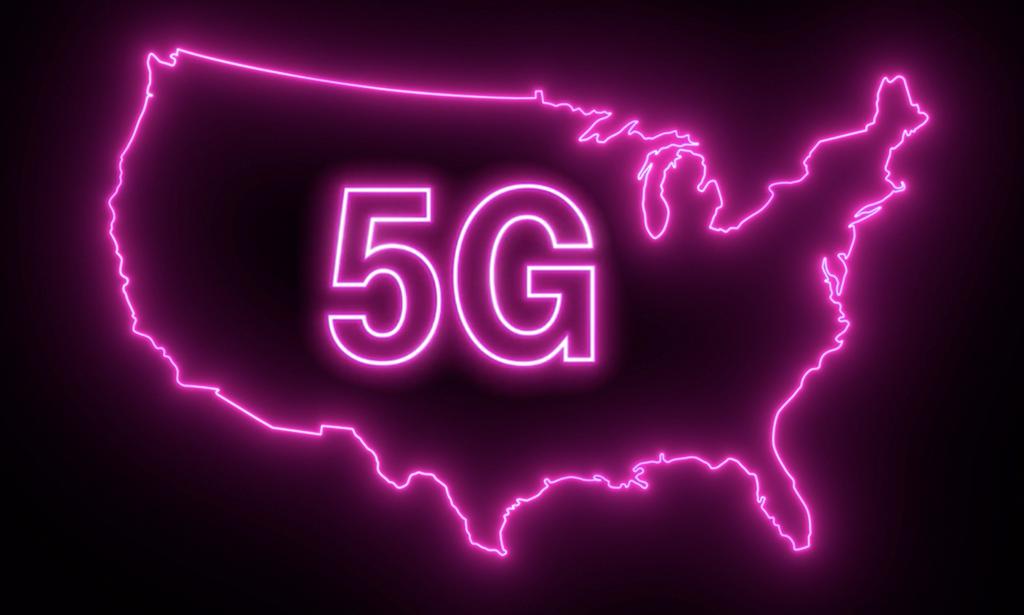T-Mobile's 'Ultra Capacity' 5G Now Covers 200 Million People
T-Mobile today announced that its high-speed "Ultra Capacity 5G" is now available to 200 million people across the United States, with the carrier hitting the milestone weeks ahead of schedule.
Ultra Capacity 5G is T-Mobile's higher-speed 5G network that's faster than the Extended Range 5G network that covers 308 million T-Mobile customers. While Extended Range 5G offers LTE-like speeds, Ultra Capacity 5G is more capable.

T-Mobile initially planned to cover 200 million people by the end of 2021, and has met that goal early. As noted by The Verge, this is a theoretical maximum based on the coverage that T-Mobile offers. In reality, T-Mobile has just over 100 million subscribers, not all of whom will be able to access the 5G speeds due to location or device limitations.
T-Mobile's Ultra Capacity 5G largely relies on mid-band 2.5GHz spectrum rather than the mmWave 5G spectrum used by other carriers like AT&T and Verizon. As T-Mobile explains in the press release announcing the coverage, the company aimed for mid-band spectrum to bring 5G speeds to the maximum number of people, and T-Mobile has been rolling out the 2.5GHz spectrum since it acquired Sprint.
Faster mmWave 5G speeds from AT&T and Verizon are largely limited to select areas in major cities, though both carriers have slower sub-6GHz 5G coverage available as well. AT&T and Verizon were planning on rolling out mid-band spectrum starting this year, but their plans have been delayed due to the FAA's concerns about aircraft interference.
T-Mobile's focus on mid-band spectrum is the reason why T-Mobile was the fastest 5G carrier in the United States in PCMag's annual test. T-Mobile's wider coverage allowed the carrier to achieve the highest average speeds of 162.3Mb/s, beating out AT&T and Verizon. Verizon had the fastest speeds overall, but its coverage was much more limited due to the current lack of mid-band spectrum and the limited availability of its mmWave speeds.








